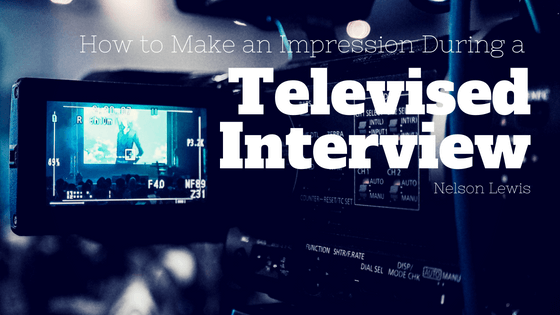Not everyone gets the chance to appear on TV. That’s why, when the opportunity arises, it’s essential to make the most of it. The following tips can help make a good impression during a televised interview.
Practice
Practice by participating in mock interviews beforehand. Enlist the help of friends, playback the video and analyze the results. Look for potential issues that can be improved, such as unclear speech and slumped posture.
The preparation process also includes trying to anticipate what might come up during the interview. Create a document that contains possible questions, and come up with refined answers. Get feedback from people to see the reactions the topics will garner, and keep the most promising retorts.
Appearance
While it might be tempting to rush out and buy new clothes for the interview, it’s better to wear a tried-and-true outfit. Pick something bold with colors that enhance complexion, but stay away from patterns because they can look distorted on the screen. This especially applies to stripes and checkered designs.
Women should wear enhancing makeup that’s slightly bolder than usual. This includes applying a darker lipstick, without going overboard. Accessorize sparingly because the key is to look appealing on screen without diverting from the message.
Sound Bites
If allowed, send the person who is conducting the session some questions from the prepared sheet. This will help steer the conversation into familiar territory.
Otherwise, come up with a list of key points and sound bites that pertain to the topic. When the time comes, weave the appropriate ones into the conversation.
Regardless of the circumstances, keep answers concise, even on passionate subjects. Don’t elaborate too much but go beyond one-syllable answers. Let the journalist set the pace, and give him openings to ask for more details.
Body Language and Speech
Being nervous or excited is normal, but try to harness this energy during the interview. Maintain eye contact with the journalist and minimize hand gestures. Make it a point to concentrate on distinct speech by not talking too fast. It’s also important to convey the right image while listening. When the interviewer speaks, put on a friendly expression.
Unless it’s a live appearance, the interview will undergo heavy editing. Following these tips can help assure that a critical message won’t end up on the cutting-room floor.

